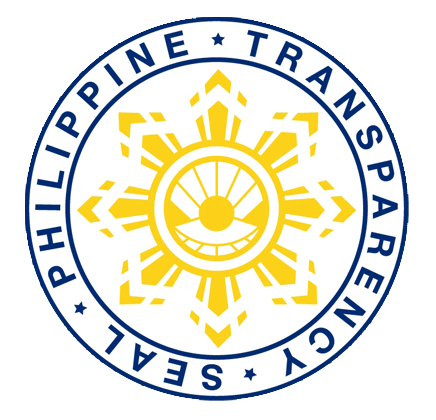BEED Non-Mandatory Areas
Go back to Mandatory and Chosen Areas
AREA I: VISION, MISSION, GOALS AND OBJECTIVES
| SYSTEM – INPUTS AND PROCESSES |
| S.1. The VMGO are posted on bulletin boards, printed in catalogs/manuals and are available in other forms of communication media. |
| IMPLEMENTATION |
| I.1. A system of dissemination and acceptability of the VMGO is enforced. |
| I.2. The administrators/faculty attend seminars on awareness and acceptability of the:
I.2.1.Vision and Mission of the Institution; I.2.2.Goals of the Academic Unit/ College; and I.2.3.Objectives of the Program. |
| I.3. The formulation of the VMGO is participated in by the following:
I.3.1.administrators; I.3.2.faculty; I.3.3.staff; I.3.4.students; and I.3.5.other stakeholders. |
| I.4. The faculty perform their job in consonance with the VMGO. |
| I.5. The VMGO are widely disseminated to all the stakeholders. |
| OUTCOME/S |
| 1.1 There is a full awareness and acceptance of all stakeholders. |
| 1.2 There is congruence among the following:
1.2.1. mission of the SUC; 1.2.2. goals of the College/ Department; and 1.2.3. objectives of the program. |
AREA IV: SUPPORT TO STUDENTS
AREA VII: LIBRARY
AREA VIII: PHYSICAL PLANT AND FACILITIES
AREA IX: LABORATORIES
AREA X: ADMINISTRATION
| SYSTEM – INPUTS AND PROCESSES |
| S.1. There is a performance evaluation system of personnel which includes the following items: S.1.1.competence; S.1.2.quality of work; S.1.3.work ethic (punctuality, wise use of time, etc.); S.1.4.creative ability and innovativeness; S.1.5.ability to handle internal and external pressures; and S.1.6.interpersonal relations. |
| IMPLEMENTATION |
| I.1. The Institution regularly monitors and evaluates the performance of the administrative staff. |
| I.2. The results of performance evaluation of the administrative staff are utilized: |
| I.2.1.to improve performance and delivery of service; |
| I.2.2.for promotion. |
| OUTCOME/S |
| O.1. The Institution has high performing administrative staff. |


 Brgy. Labuyo, Tangub City, Misamis Occidental
Brgy. Labuyo, Tangub City, Misamis Occidental
 info@nmsc.edu.ph
info@nmsc.edu.ph
